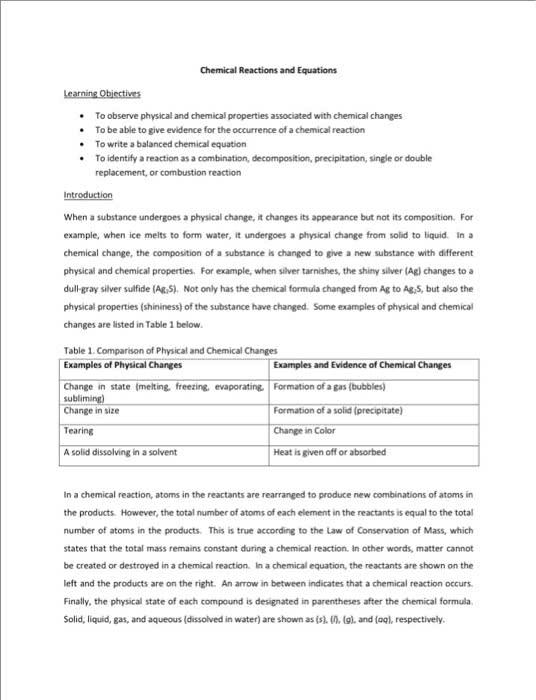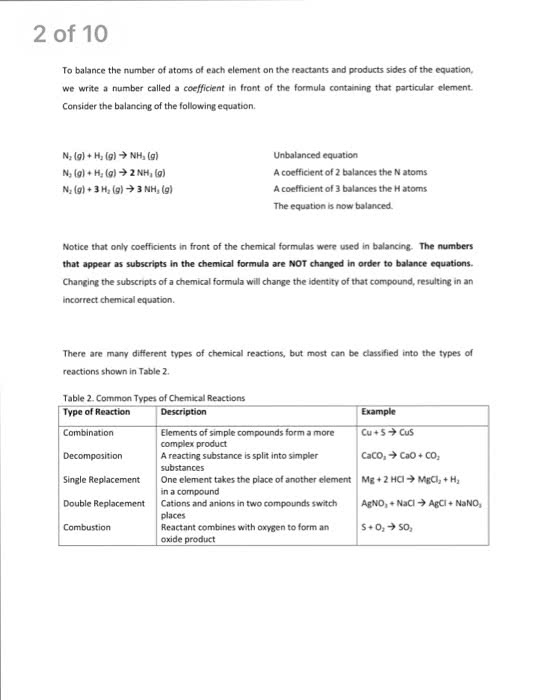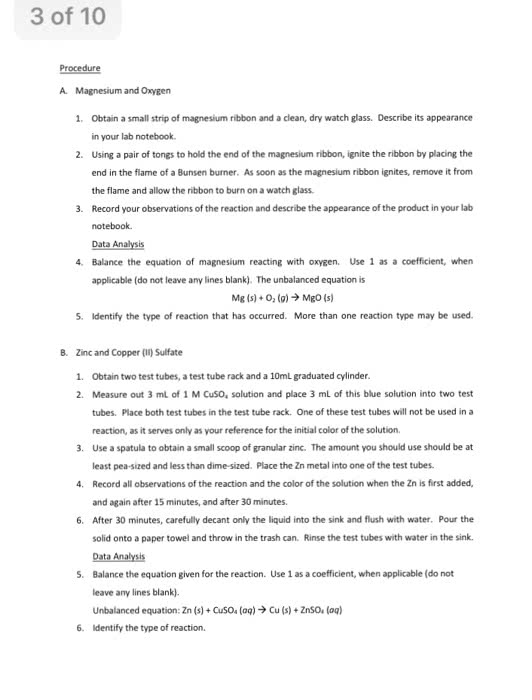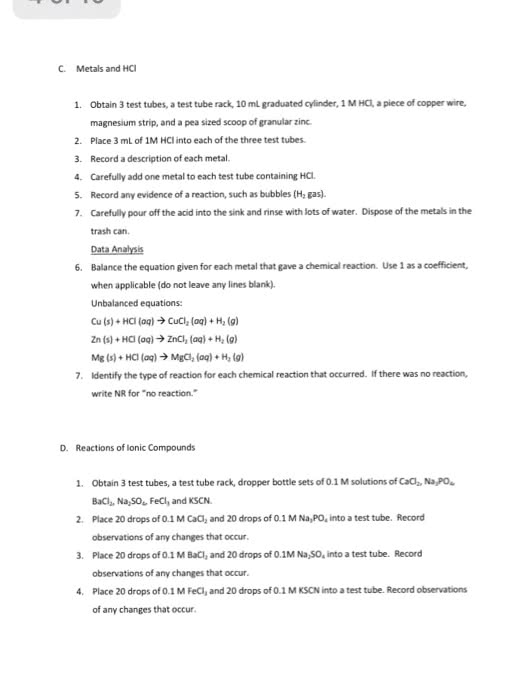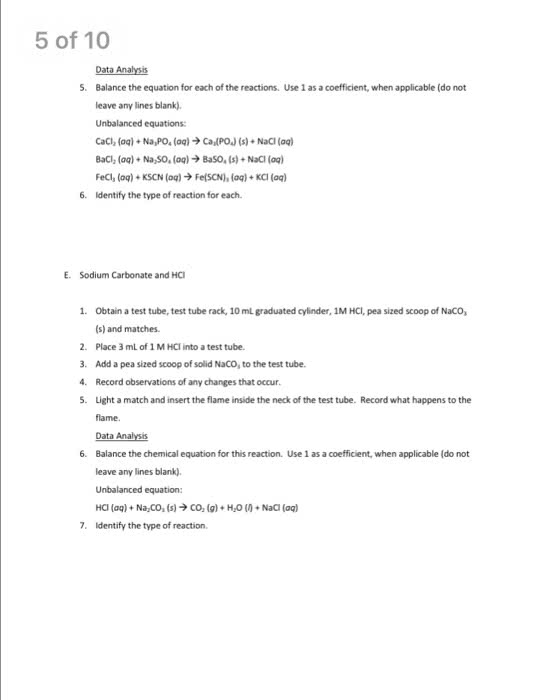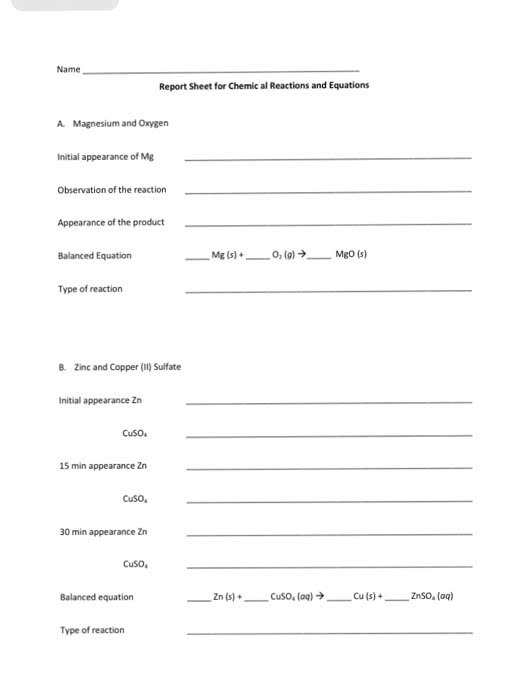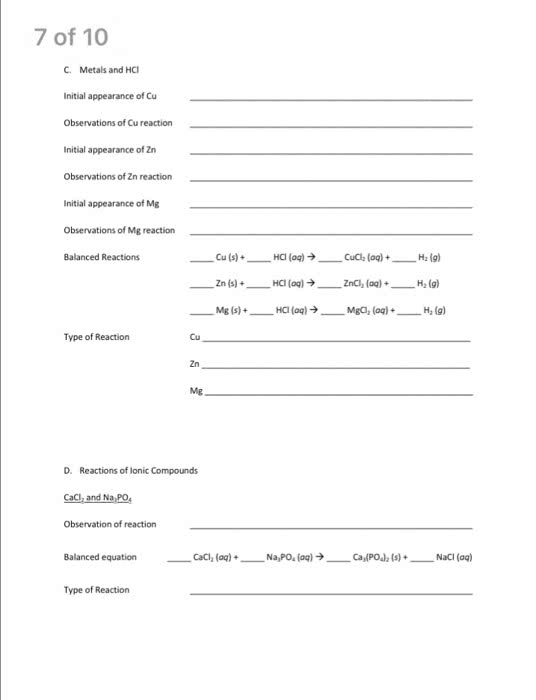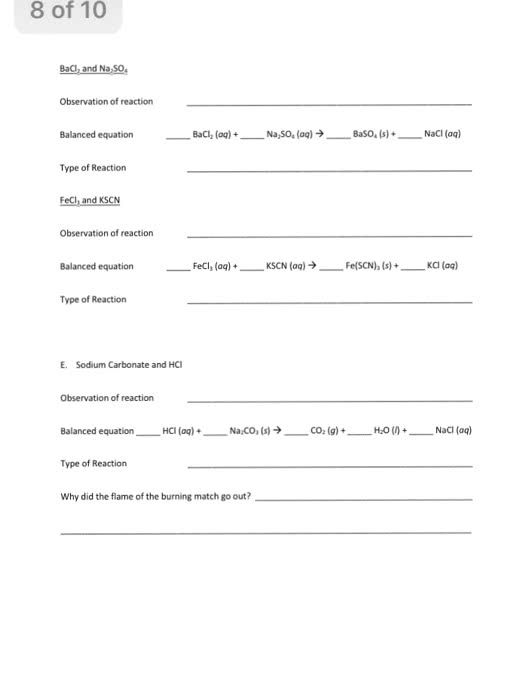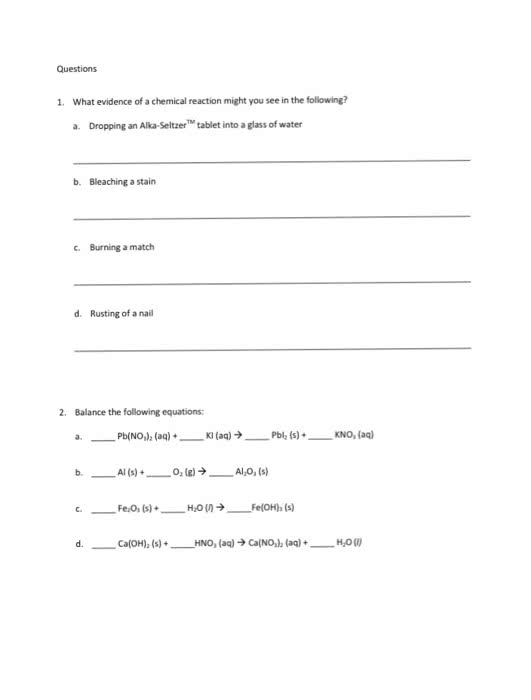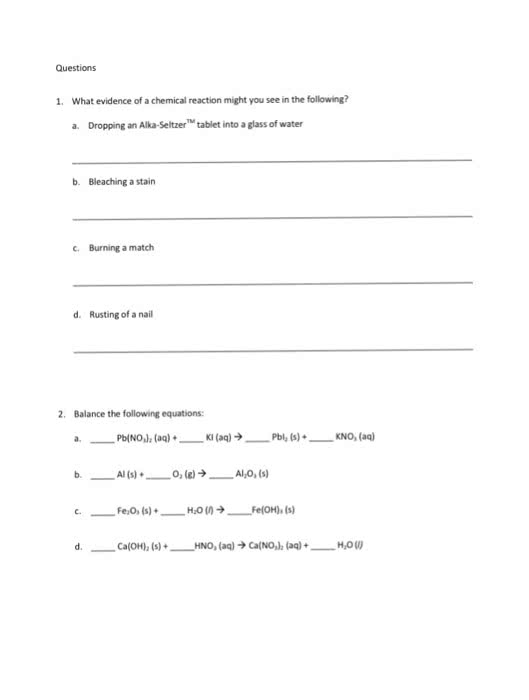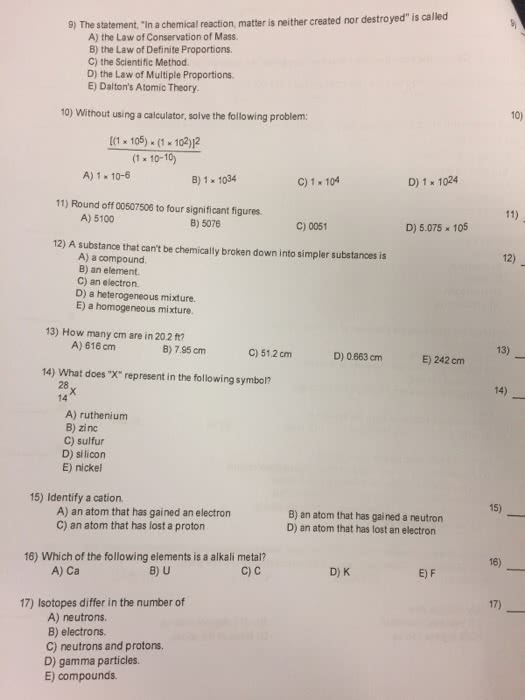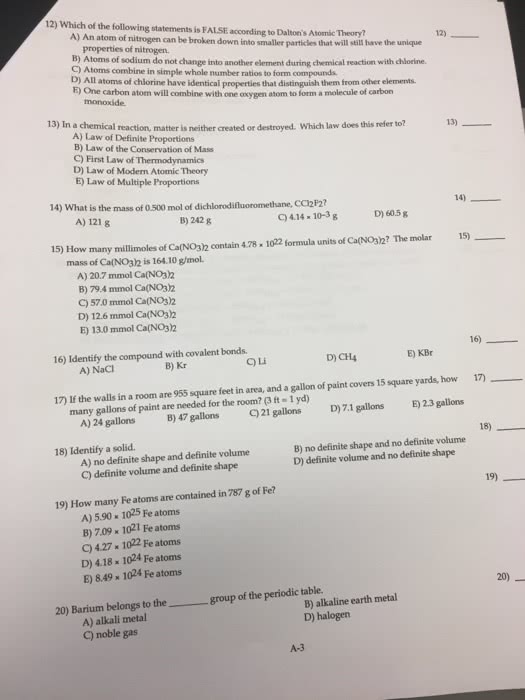CHEM 1211 Lecture Notes - Lecture 10: Reagent, Limiting Reagent, Molar Mass
Document Summary
Things to remember: avogadro"s number = na= 6. 022*10^-23, 1 (cid:373)ole = a(cid:373)ou(cid:374)t of su(cid:271)sta(cid:374)(cid:272)e that (cid:272)o(cid:374)tai(cid:374)s avogadro s (cid:374)u(cid:373)(cid:271)er of parti(cid:272)les, molar mass: mass in g of 1 mole of particles. It equals the atomic mass: law of conservation of mass: the amount of matter in a closed system is constant. This is, matter cannot be created nor destroyed but only transformed. Chemical reactions and equations: a chemical reaction is a process that leads to the transformation of one set of chemical substances to another: Example: during photosynthesis carbon dioxide and water are transformed into glucose and oxygen: a chemical equation puts this into an equation, any special conditions that the equation requires is placed on top and bottom of the arrow, s. Stoichiometry: from greek stoicheion meaning element and metron, a chemical equation provides a way to create conversion factors between different compounds, steps. Initial units of what you have to moles of what you have.


